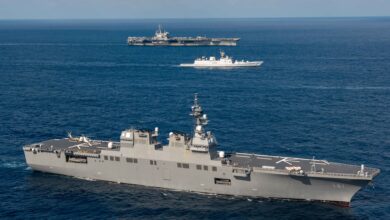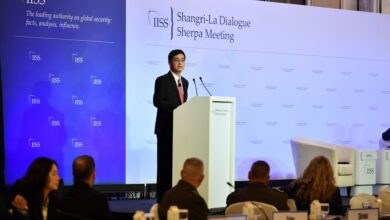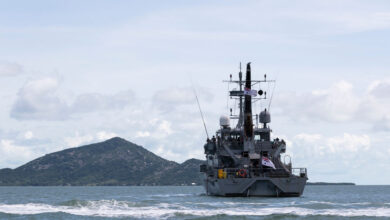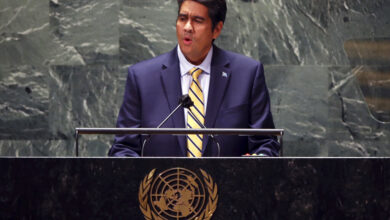Abe’s security vision for Indo-Pacific coming into focus
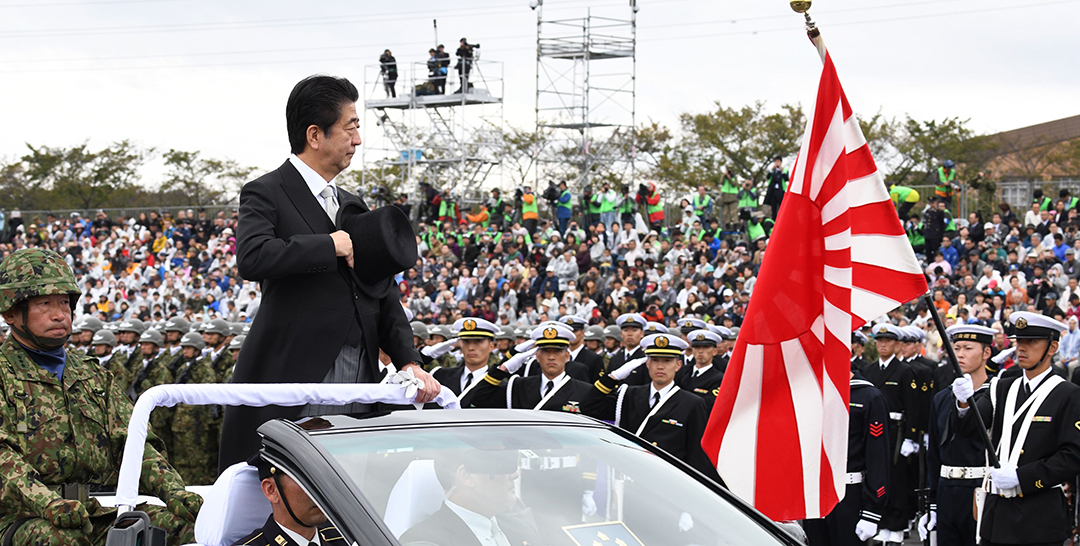
Felix Kim
Japanese Prime Minister Shinzo Abe for more than a decade has envisioned an Indo-Pacific region where the democratic powers engage in effective security cooperation. That vision is fueled by concerns over freedom of navigation, sovereignty of maritime exclusive economic zones, the security of resource supply chains and the People’s Republic of China’s (PRC’s) unlawful territorial expansion.
A review of regional security initiatives reveals Abe’s vision is becoming a reality.
Early on, Abe proposed security cooperation involving Australia, India, Japan and the United States in his 2006 book, Towards a Beautiful Country: My Vision for Japan. In August 2007, during his first term as prime minister, he sent representatives to join government officials from the other three countries for the inaugural meeting of the Quadrilateral Security Dialogue in Manila, The Japan Times newspaper reported.
In September 2007, Abe, pictured, hosted the Malabar exercise involving the navies of all four countries off the Japanese island of Okinawa, according to the U.S. Navy, with Japan participating for the first time. It was invited again in 2009, 2011 and 2014. In 2015, Japan joined India and the U.S. as permanent participants.
In 2012, Abe reaffirmed his vision for Indo-Pacific security cooperation in an essay, “Asia’s Democratic Security Diamond,” just before his return as prime minister. He again called for Australia, India, Japan and the United States “to safeguard the maritime commons stretching from the Indian Ocean region to the western Pacific” against “China’s naval and territorial expansion.”
“Abe’s security diamond, it’s a good idea,” Dr. Jeffrey Hornung, a defense analyst at Rand Corp. told FORUM, “in that you have countries that have similar values and that really prioritize freedom of navigation, democracy, human rights, rule of law. And because of their common values and common interests, they are cooperating. They cooperate diplomatically, they cooperate strategically in some levels. And it does send signaling to China in the region that there are a significant number of countries that do not share China’s values.”
The United States in 2015 began freedom-of-navigation operations in the South China Sea, challenging the PRC’s unlawful territorial claims by sailing U.S. naval vessels within 12 nautical miles of Beijing’s artificial outposts that were created in the sea by dredging operations, according to the U.S. Navy. Japan deployed a helicopter carrier and pair of destroyers to the South China Sea in May 2017 for a three-month tour. Australia sent its own vessels through the same waters in April 2018 on their way to Vietnam, drawing the attention of Chinese vessels.
In November 2017, representatives of Australia, India, Japan and the United States met again in Manila, Philippines, to formally revive their security dialogue and “discussed measures to ensure a free and open international order based on the rule of law in the Indo-Pacific,” the Japanese Ministry of Foreign Affairs reported.
Defense ties between India and the U.S., meanwhile, have strengthened in recent years with the signing of key defense agreements. All of this cooperation, Hornung said, may well be keeping China in check and the region in balance.
“When Abe wrote his article in 2012,” he said, “China was starting to really push and build, and there was a threat that China was going to shut off the South China Sea,” Hornung said. Despite the PRC’s militarization of artificial features it created in the sea, Hornung said, “free trade is still occurring.”
Felix Kim is a FORUM contributor reporting from Seoul, South Korea.

